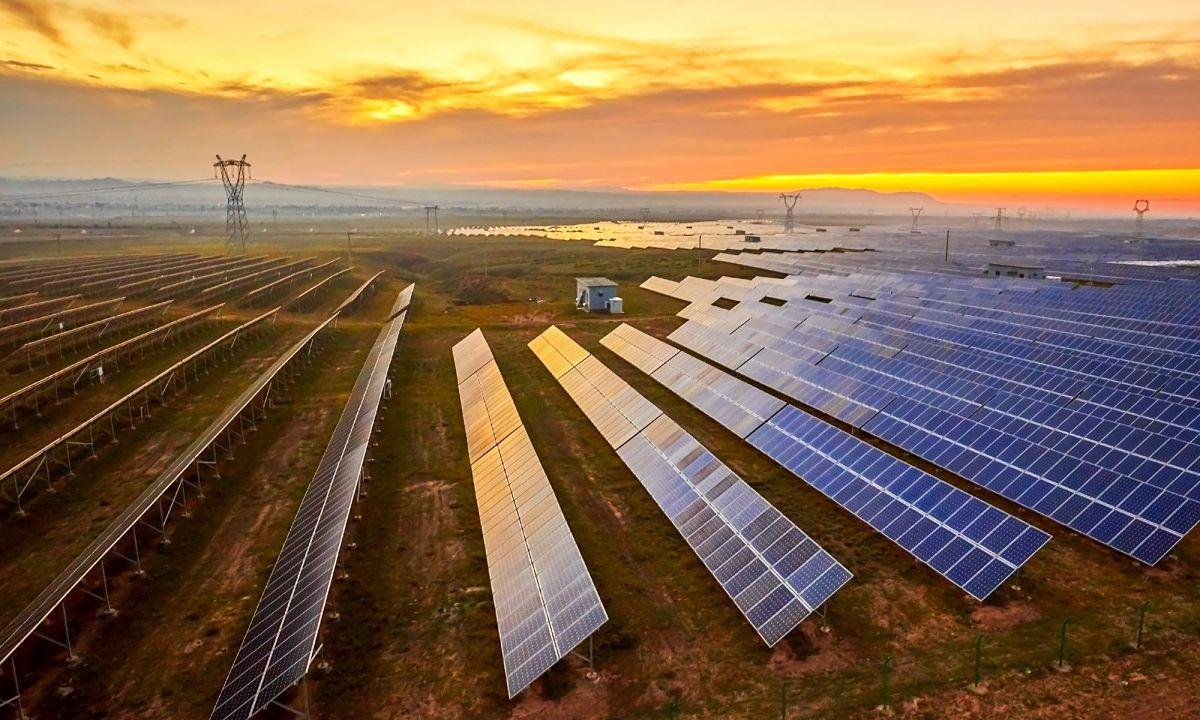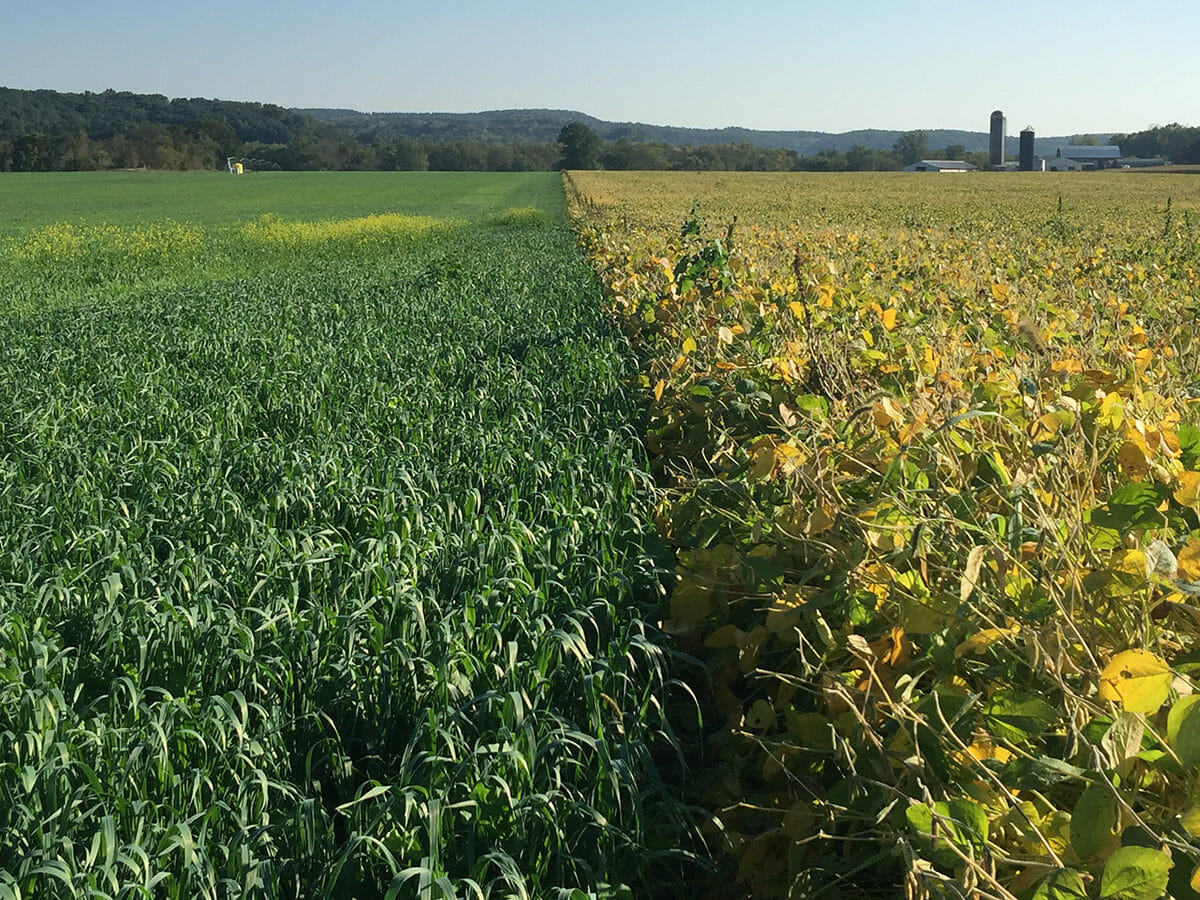Scope 3: Quantifying the Biggest Piece of the Puzzle
Measuring emissions has been a top priority for scientists and businessman for the past few decades, but how are these emissions categorised?

Measuring emissions has been a top priority for scientists and businessman for the past few decades, but how are these emissions categorised? Enter the Emissions Scope categorisation model:
Scope 1 – Direct
Direct emissions, represented in Scope 1, is the easiest of the three to understand and measure. These are emissions which are directly produced by company activity, such as the emissions produced from a factory when manufacturing cement or from the exhausts of a fleet of trucks. Scope 1 emissions are easy to quantify and understand so they are often the first target for reduction and mitigation actions.
Scope 2 – Indirect energy
Scope 2 emissions are also quite easy to understand and quantify, as they cover the emissions resulting from the generation of electricity (or other power sources) used by a company. Because these emissions are directly linked to electricity purchase, Scope 2 emissions are also targeted for emission mitigation.
Scope 3 – Indirect upstream and downstream supply chain
However, the major challenge company’s face when attempting to understand their overall impact is Scope 3 emissions, which covers emissions caused by business operations from sources not owned or controlled by the company. Scope 3 activities cover both the upstream supply chain (for example the procurement of materials and services) and downstream impacts upstream (for example emissions resulting from the sale and consumption of fuel by customers). Because of their indirect and multifaceted nature, Scope 3 emissions often have the most impact. In fact, a McKinsey study reported that for many consumer goods organisations Scope 3 can represent more than 80% of their total impact.
Planet Price considers Scope 1, 2 and 3 impacts of all types (not just emissions) and has the ability to provide organisations with a granular and accurate analysis of their Scope 3 emissions – helping to solve the biggest piece of the Impact puzzle.
Ready to Explore More of the power of the Planet Price Platform?
Request a demo or a Scope 3 Tread Lightly Assessment



